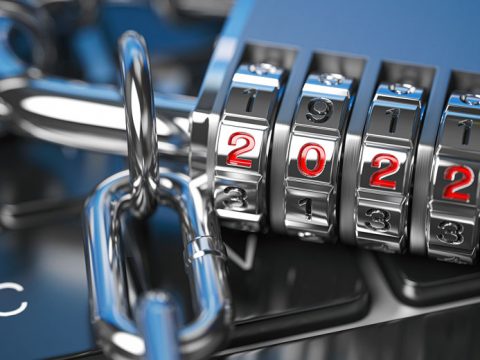
What you need to know about the new Microsoft teams app.
October 24, 2023
Sluggish PC Market is picking up
October 24, 2023More than half of new teachers feel uncomfortable using technology in the classroom, a recent survey by the International Society for Technology in Education (ISTE) determined.
According to a research study this month, ISTE interviewed 214 U.S. teachers in 2022 with less than three years of classroom experience, as well as 43 K-12 faculty members and leaders from various educator preparation programs (EPPs), which include colleges and universities. Fifty-six percent of the teachers surveyed said that, prior to entering the classroom, they lacked confidence using learning technology. Those surveyed from the EPPs, meanwhile, indicated that while most of their faculty, 53 percent, are expected to incorporate technology in the classroom, only 9 percent of EPPs reported that “every faculty member embraces and models instructional technology.”
“All faculty and preservice educators should be digitally competent,” an EPP faculty member, whose name was not provided, responded in the survey. “They should be able to use technology to solve problems, communicate, manage information, collaborate and create, and share content effectively, appropriately and securely.”
In response to the findings, ISTE CEO Richard Culatta said in a public statement that using technology to improve classroom learning is an essential skill for teachers and something that “is no longer optional.”
“While many EPPs are stepping up, our findings underscore a pressing need to bolster new teachers’ confidence in using technology,” Culatta’s statement read. “This research sheds light on both the gaps we need to address and successes we can replicate to ensure the next generation of teachers are prepared to thrive in connected classrooms.”
Regarding the 21 percent of teachers who indicated that they are confident in using classroom technology, the report says, those respondents still said they wanted more classroom management experience in a technology-rich learning environment and support in selecting new tools.
ISTE recommends that EPPs incorporate “more hands-on practice with common apps and tools,” and establish a lending library system to increase teacher exposure to a wider variety of tools. The organization also said EPPs should establish ongoing professional development opportunities with schools, broadening their mission beyond just entry-level teacher training.
“This dedication to their [EPP faculty’s] own professional growth keeps their practice current, adapting to changes in the field,” the report says. “Modeling this practice and helping candidates build their professional networks before they graduate will benefit new teachers throughout their careers.”
The report reaffirms ISTE’s goal to bridge the digital divide, noting that 80 EPPs so far have signed the organization’s “Digital Equity and Transformation Pledge.”
“These findings are a piece of a larger digital design divide between those educational systems that provide pre- and in-service teachers the time, space and capacity they need to design high-quality learning experiences supported by technology, and those that don’t,” Kristina Ishmael, deputy director of the U.S. Department of Education’s Office of Educational Technology, said in a public statement. “If we want all teachers to harness the incredible power of technology in education, we need to re-imagine how we provide all teachers with the time and learning they need to master these tools.”
Source: https://www.govtech.com/education/k-12/iste-most-new-k-12-teachers-not-confident-about-technology




